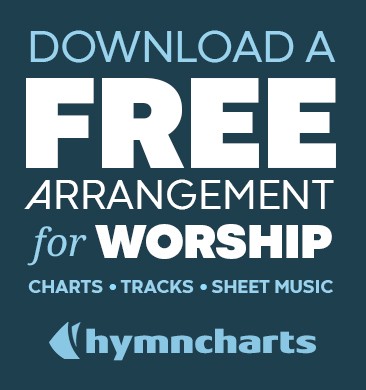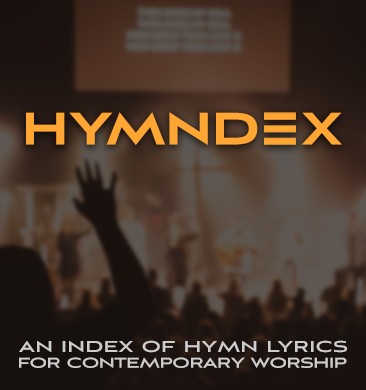What You’ll Learn:
- The theological foundation for setlist order: why “Revelation Before Response” changes everything
- Story-driven worship design that creates meaningful connection between songs instead of random collections
- Theme-based planning strategies that work even for the trickiest sermon topics
- Creative question frameworks to expand your song possibilities exponentially
- Collaborative leadership approaches for involving your team in song selection
- Congregation engagement tactics including the power of familiar chorus tags
- New song introduction guidelines that balance fresh content with singable worship
- Platform communication skills for seamless transitions and meaningful spoken moments
- Soul care practices to prevent worship leader burnout and maintain fresh inspiration
Beyond the Basic Formula: Worship That Tells God’s Story
Remember when your biggest worry about setlists was making sure the keys worked together? Those simpler days of “start fast and loud, end slow and low” feel almost quaint now, don’t they? If you’re ready to move beyond basic formulas into worship that actually guides your congregation on a spiritual journey, this deep dive will revolutionize how you think about song selection and flow.
This isn’t just another list of worship tips—it’s a complete paradigm shift from someone who’s walked the path from teenage worship leader to seminary-trained ministry veteran. The transformation in thinking here is profound, moving from mechanical song arrangement to intentional spiritual formation through music.
The game-changer starts with theological foundation: Revelation comes before Response. This single principle will completely reshape your setlists. Think about it—God is always the initiator, and everything we do is a response to who He’s revealed Himself to be. So why do we start Sunday mornings with songs about our feelings, our experiences, our promises to God? It’s backwards! When you begin worship with objective truth about who God is and what He’s done, you’re setting the theological table properly. The congregation might not be able to articulate why, but they’ll feel the difference—it’s suddenly easier to engage because you’ve given them solid ground to stand on.
The storytelling element takes things to the next level. Your setlist shouldn’t feel like a random playlist where each song stands alone with no connection to the others. Instead, you’re crafting a narrative arc that guides people through a prayerful conversation with the Holy One. This is where artistry meets ministry—you’re not just selecting songs, you’re curating an experience that prepares hearts to enter the Holy of Holies.
The beauty is you can approach this from either direction. Start with the story you want to tell and choose songs that support that narrative, or take songs you really want to include and find the connecting themes that create a meaningful flow. Either way, you’re moving from haphazard to intentional.
Theme-based planning gets completely reimagined here. Instead of struggling to find songs that obviously match the sermon topic, you learn to ask deeper questions that unlock exponentially more possibilities. For a sermon on generosity, sure, you could do songs about giving. But what about songs celebrating God as the giver of good gifts? Or songs about His goodness that build the trust necessary for generous living? For a sabbath theme, rest songs work, but so do faith songs—because isn’t resting ultimately an act of faith that God will sustain us while we let go?
This expanded thinking transforms impossible sermon topics into rich worship opportunities. Those weeks when you’re staring at the sermon title thinking “How am I supposed to find songs for this?” become creative challenges where you explore different angles and perspectives.
The rapid-fire practical tips hit the everyday realities every worship leader faces. Collaborative song selection with your team doesn’t just share the workload—it develops other leaders while bringing fresh perspectives to your planning. Those familiar chorus tags that make the congregation sing 50% louder? They’re not just crowd-pleasers; they’re connection points that bridge new and familiar.
New song introduction becomes strategic rather than overwhelming. With average church attendance being twice monthly these days, the math on song familiarity requires intentional planning. Too many new songs kill participation; too few familiar songs kill growth.
Platform communication gets the attention it deserves. Those transitional moments between songs aren’t throwaway time—they’re sacred opportunities to guide hearts and minds. Writing out and practicing what you’ll say isn’t over-preparation; it’s stewarding the weighty responsibility of speaking from the platform.
The soul care element addresses what many worship leaders struggle with privately—the week-to-week grind that can leave you feeling spiritually dry while leading others in worship. This isn’t about perfection; it’s about recognizing when you need fresh inspiration and taking the steps to cultivate it.
What makes this approach revolutionary is how it shifts worship leading from performance to formation, from entertainment to encounter, from random song selection to intentional spiritual journey. You’re not just running a music set—you’re facilitating a corporate conversation with God.








